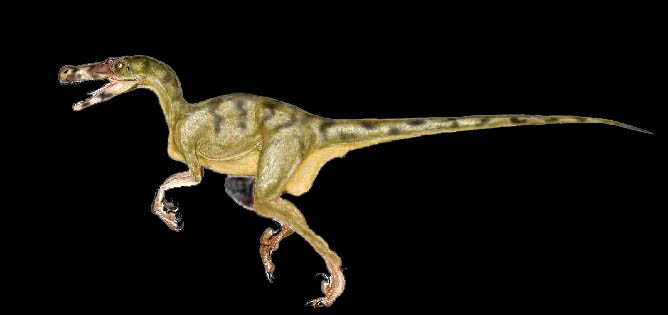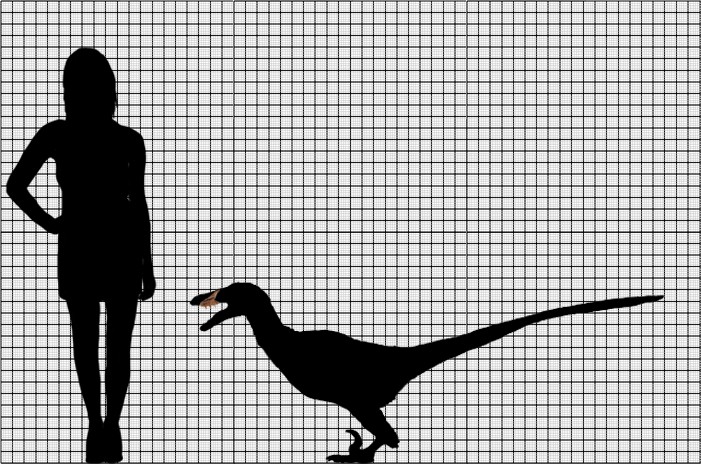Product Description
CLICK HERE TO LEARN MORE ABOUT DROMAEOSAURS
This is a superbly preserved fossil tooth from Richardoestesia, a "raptor" dromaeosaur dinosaur. The enamel is a beautiful mix of dark rich brown hues with CHOICE lustrous enamel preservation. It has a sharp tip and is INTACT with NO REPAIR AND NO RESTORATION.
Richardoestesia is a medium-sized (~100 kg) genus of theropod dinosaur from the late Cretaceous Period of what is now North America. The holotype specimen of Richardoestesia gilmorei (NMC 343) consists of the pair of lower jaws found in the upper Judith River Group, dating from the Campanian age, about 75 million years ago. The jaws are slender and rather long, 193 millimeter, but the teeth are small and very finely serrated with five to six denticles per millimeter. The serration density is a distinctive trait of the species. Richardoestesia-like teeth have been found in many Late Cretaceous geological formations, including the Horseshoe Canyon Formation, the Scollard Formation, Hell Creek Formation, and the Lance Formation.
Ricardoestesia (aka Richardoestesia) was named in the year 1990 in memorial of vertebrate paleontologist Richard Estes who passed away that same year. He was known for an important paper he wrote in 1964 on theropod dinosaur teeth. Very little is known about this predatory dinosaur because only its jaws have been discovered as of this posting. It is estimated to have a long snout lined with these straight, narrow triangular teeth. The teeth feature very fine microscopic serrations but are otherwise smooth on their body. Because of this, it is theorized that Ricardoestesia was a fish-eater.
Dromaeosaur teeth are found in micro-sites carefully scanning the tiny fossils found in prehistoric environments that once were rich habitats such as swamps, springs or stream beds.
Despite how dromaeosaurs are portrayed in the movies, most were only knee-high and about the size of small dogs, hence the very small teeth that are usually found.


 US DOLLAR
US DOLLAR
 EURO
EURO
 AUSTRALIAN DOLLAR
AUSTRALIAN DOLLAR
 CANADIAN DOLLAR
CANADIAN DOLLAR
 POUND STERLING
POUND STERLING






